Описание
Data Sheet
– Full port, 1/2’~6″ (DN15~DN150)
– W.P.: PN16/40
– W.T.:-20°C~400℃
– Investment casting
– Blow-out proof stem
– Anti-static device (option)
– Design: GB /T 12237
– Flange dimension: HG /T 20592
– Face to face: GB / T 12221
– Inspection & testing: GB / T 13927, JB / T 9092
The main feature of the insulated ball valve
Structure: The structure of an insulated ball valve is similar to a conventional ball valve, including components such as the valve body, ball, stem, and bonnet. The difference lies in the external insulation layer, typically made of insulation materials such as polyurethane, fiberglass, foam plastic, etc., to minimize heat loss or the impact of external temperatures on the valve.
Insulation performance: The insulation layer of an insulated ball valve effectively reduces heat exchange around the valve, providing insulation benefits. It helps prevent the influence of external temperatures on the medium, reduces heat loss, or maintains the temperature of the medium.
Freeze protection: Insulated ball valves are commonly used in applications where freezing of the medium needs to be prevented. The insulating effect of the insulation layer helps to protect the medium from low-temperature environments and maintain fluidity.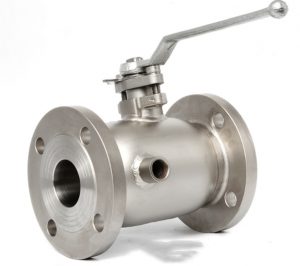
High-temperature insulation: In high-temperature processes, insulated ball valves can reduce heat conduction to the external environment, provide thermal isolation, and mitigate the impact of external temperatures on the valve. This contributes to the safety of operators and enhances operational efficiency.
Insulation principles involve minimizing heat transfer or heat exchange using insulation materials.
In insulation applications, several commonly used insulation principles include:
Thermal resistance: Insulation materials have low thermal conductivity, which impedes heat transfer. When insulation material covers the surface of an object requiring insulation, it reduces the rate of heat transfer from the object to the surroundings. This principle is applicable to insulation scenarios aiming to prevent heat transfer to or from the external environment.
Radiation reflection: Some insulation materials possess the ability to reflect thermal radiation, reducing radiant heat loss. This principle is useful in high-temperature applications that require minimizing heat radiation impact. Using materials with radiation reflection properties helps lower the heat radiation effects on the surrounding environment.
Convection barrier: Insulation materials can create a barrier against convective airflow, reducing convective heat transfer. This principle applies to applications where the goal is to minimize convective heat transfer by using insulation materials with good thermal insulation properties, thus reducing the rate of convective heat transfer.
Heat storage insulation: Certain insulation materials have a high heat capacity and thermal inertia, enabling them to absorb and store heat, slowly releasing it over time. This principle is suitable for applications requiring temperature stability over a certain period. The use of insulation materials with heat storage capabilities helps reduce temperature fluctuations and heat loss.

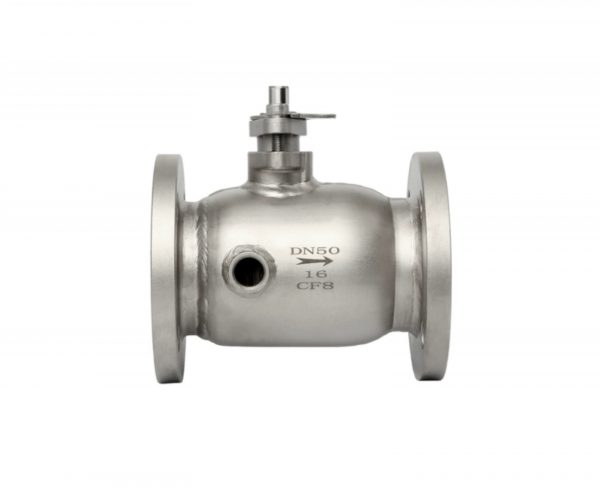
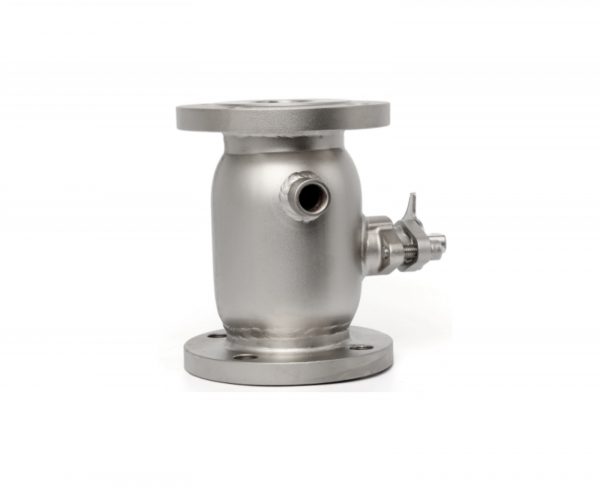
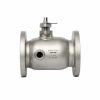
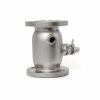
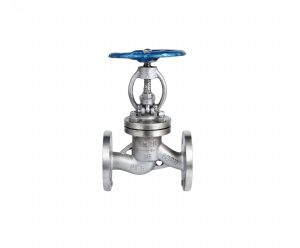
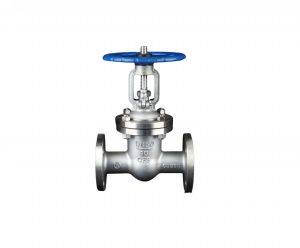
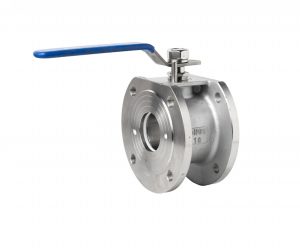
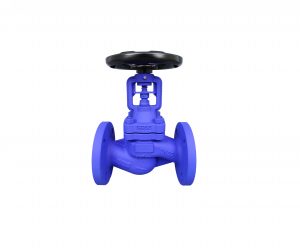
Отзывы
Отзывов пока нет.